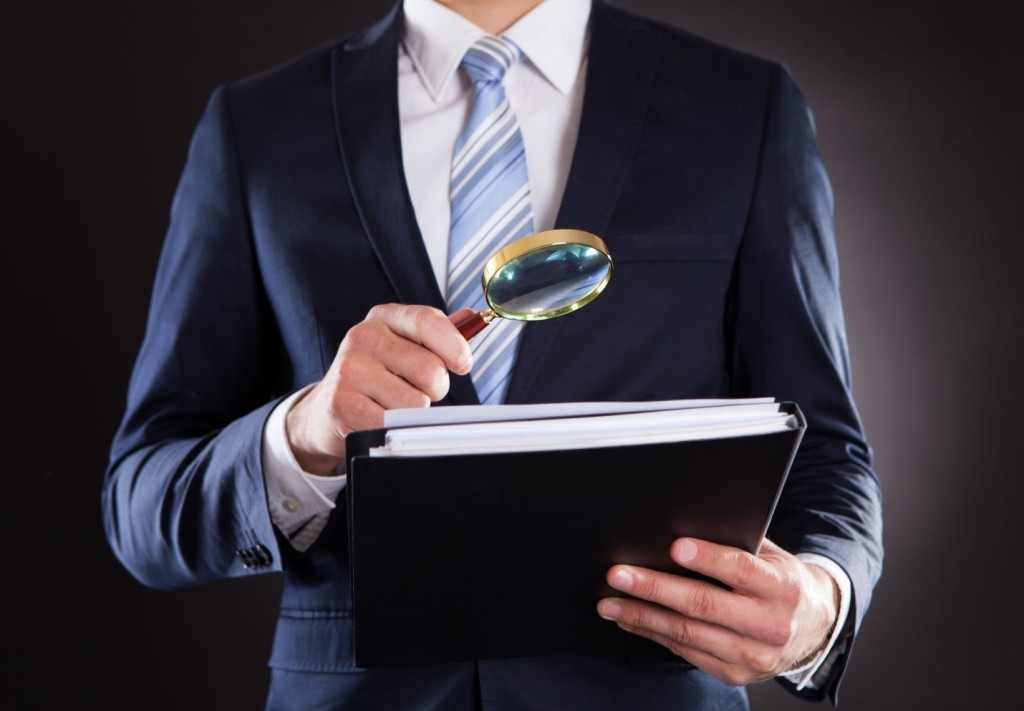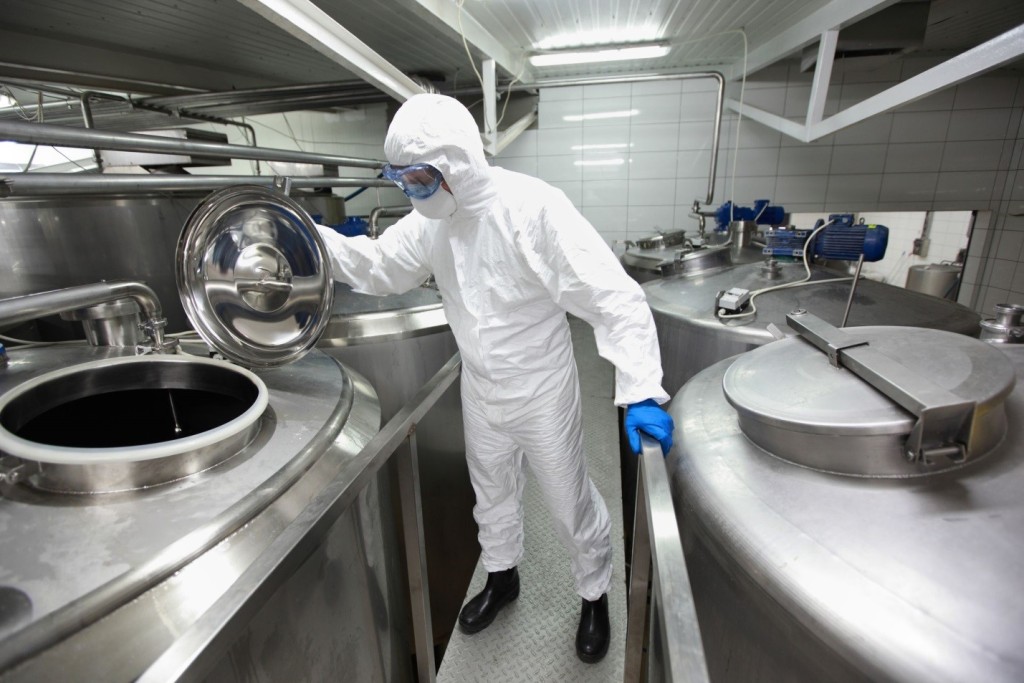What Documentation to Prepare for a Third-Party Food Safety Audit

“Audit” is a term many businesses abhor, especially those in the food processing industry where standards are tough and penalties even tougher. But as dreadful as it may be to have your retail, meat, fish, poultry, or vegetable & produce business audited by exigent environmental health specialists and sanitarians, it is ultimately in the best interest of the customer, as they help to:
- Find, eliminate, and prevent food hazards
- Focus on identifying and treating the root of the problem, not only the symptoms
- Prevent foodborne illnesses
- Prevent costly and reputation-damaging recalls
- Ensure compliance with state regulations of food processing
- Improve and maintain a healthy environment for producing safe food products
Of the total audit score, pest management accounts for up to 20 percent. However, in order to obtain the maximum score and avoid penalties, food businesses should not only carry out all required measures to deny entry, eradicate, and prevent the harborage of pests on the premises – they must also prove it with the proper documentation. Here are the most important pest management documents you will be asked to present during third-party audits – preparing these in advance will save you a lot of trouble:
1. Proof that the pest management service has the required training and certification
If you are in the food processing industry, you probably have zero tolerance for any pests that might find their way inside your food products, and you are already working with a licensed commercial pest controller to eradicate and prevent the harborage of pests. During an audit, you will be asked for documentation that showcases your pest control provider‘s training and experience, so make sure you have photocopies of the certification documents of all technicians performing pest management and control at your facility.
2. Proof of changes to service
An effective IPM program is dynamic rather than rigidly defined, and many of its components can change as the situation and pests change. The pest management professionals working for you should provide written reports – and proper justification – of each change in treatment caused by modifications in pest activity.
3. Proof that your company has implemented corrective actions based on pest activity reports
Ensure that you have accurate service records that indicate the current level of pest activity and sightings, and also records documenting the corrective actions taken by pest management personnel to identify and eliminate problem areas. The pest-sighting log should comprise the date and time of each sighting, types of pests observed, and actions taken by the reporting personnel.

4. Monitoring device documentation
You must offer proof that pest-monitoring devices are properly placed and regularly inspected in order to determine pest activity trends. Locations of all devices utilized for rodent and insect control should be listed, as well as the types of insects and the exact quantities found upon inspecting the traps. Flies and other flying insects will be monitored using light traps, while rodents, cockroaches, and other stored product pests will be identified with the help of pheromone traps. For the identification and monitoring of birds, special nets, traps, and certain structural modifications are required.
5. Proof that an annual facility assessment has been performed by pest management providers
Nearly all auditors request that the pest management professionals conduct an annual facility assessment in order to identify areas of improvement and changes for IPM programs. Again, scheduling and holding the inspection is not enough – you must document the results of the inspection, as well as the corrective actions taken to ensure the elimination and prevention of pests on the food premises.
Admittedly, food safety standards and regulations set forth by the government are numerous and often confusing, and abiding by all of them can be difficult at times. Consider speaking with your pest management provider to ensure all pest activity is properly monitored and documented in order to obtain the highest possible scores in your next audit.
About the Author
Daniel Mackie, co-owner of Greenleaf Pest Control, is a Toronto pest control expert well-known as an industry go-to guy, an innovator of safe, effective pest control solutions, and is a regular guest on HGTV. Mackie, along with business partner Sandy Costa, were the first pest control professionals in Canada to use detection dogs and thermal remediation for the successful eradication of bed bugs. In his free time, he is an avid gardener.



You must be logged in to post a comment.